Since we launched our blog, we've been talking a lot about Quetzalli 's star ingredient : tequila . After all, a key ingredient in this perfect drink deserves special attention.
We'll cover some basics , the production process , and tell you a little about the history of this famous spirit. Not just a little, but a lot! If you want to learn more about it, check out our comprehensive article on the drink .
Today, I'm going to be a bit monothematic and I'm also going to talk about it, but in a slightly different way than what we've already discussed.
When I say that magic word, I bet at least two things immediately pop into your head: shots and Mexico. Am I right? My playful mind goes a step further and adds to shots and Mexico that famous game (or is it a ritual?) of " arriba, abajo, al centro y adentro."
I may not be an expert on the subject, but as curious as I am, I investigated some myths to share with you here.
If you're a huge fan of this distilled spirit (or if you've already read all the articles on our blog =P ), you might not be that surprised, but I'm sure you'll enjoy reading it anyway.
I discovered that there are several myths surrounding this drink. There are myths related to consumption, myths about the spirit itself, and (surprise!) a myth involving larvae. That's right: larvae.
Without further ado, let's go!
1. Tequila is made from cactus
Many people believe that tequila is produced from cacti. If you think so too, I'm sorry to inform you that you're mistaken! The raw material used to produce this drink is a plant called Agave tequilana Weber, better known as blue agave . This plant is much closer to asparagus than to a cactus or a pineapple. What?! Yes, asparagus. Agave tequilana belongs to the Aspargacea family (see image) .

2. It can be produced anywhere
It will be?
No. It ca n't be produced just anywhere! To be considered tequila, it must not only be produced in Mexico, but also in a specific region of that country.
As our friend and expert Clayton Szczech said in the post we mentioned above, it 's the best-known mezcal in the world and, like Scotch, Cognac, Champagne, and cachaça, it's a "Denomination of Origin" drink . This means that, legally, it can only be produced in certain regions of Mexico, including the entire state of Jalisco and parts of Guanajuato, Michoacán, Nayarit, and Tamaulipas.
In other words, if someone says they produce tequila here in Brazil, be suspicious! It's a trap, Bino!
3. They are all the same
No, not all tequila is the same . There is 100% agave tequila and then there is tequila.
Formerly known as mixto , tequila is a blend of different types of sugar, with at least 49% coming from blue agave and the remainder from other sources (such as sugarcane or beets, for example). These are readily available at the market and are more common. The higher the percentage of blue agave, the "purer" it is and the less of a hangover it will give you.
100% agave tequila, on the other hand, must be 100% extracted from blue agave. It tends to be much tastier and is unlikely to leave you with a hangover (unless you drink too much). To know if it's 100% agave, just look at the label. If it only says tequila, it's a blend of other alcohols. If it says tequila 100% agave, then you're guaranteed a hit ;)
4. If it's gold , it's better
Gold is known worldwide as a highly valuable asset. Gold jewelry, gold medals—in short, anything made of gold tends to be better. But this rule doesn't apply to Quetzalli's star spirit. The fact that tequila is gold simply means it's different from silver . And what's the difference?
Silver agave, also known as white agave, doesn't undergo an aging process after distillation and can remain in oak barrels for a maximum of 60 days. Because it isn't stored for long, nor does it receive other components, it usually has the true flavor of blue agave, making it the best type for use in drinks. This is the type we use in Quetzalli's formula ;)
Gold , according to expert Clayton Szczech, is typically a mixto type. It's usually a blanco tequila with caramel flavoring and coloring added, giving it a yellowish hue. In the case of a 100% agave tequila, it becomes oro when it's a blend of a blanco and another type of tequila, which already has a more woody hue.
5. It should always be served as a shot and taken with lemon and salt.
This is the most traditional image we non-Mexicans have engraved in our memory regarding tequila consumption: shot + lime + salt. But if you've ever had Quetzalli, you know very well that there are other ways to consume this spirit.
Tequila can be drunk neat. In this case, you can savor it slowly and don't necessarily need to down it all at once (unless it's a very poor quality one, in which case I advise you to down it quickly or not drink it at all!). In fact, in Mexico, people sometimes put the bottle in an ice bucket and slowly enjoy their shot in the caballito !
It can also be used to make delicious drinks. It's a spirit that mixes very well with other ingredients, creating a smooth and very tasty profile. There's the traditional Margarita, Paloma, and Sunrise, which I can't help but remember, and the best and most delicious of all: the Quetzalli ;)
Our darling, besides being a ready-made drink made with tequila, can also be used to make other drinks , to break the routine and please all palates!
6. Traditional bottles have a larva
It's a myth when it comes to tequila. But when it comes to mezcal ... Some mezcal brands often introduce the gusano (moth larva) into the bottle. This larva, which normally develops within the agave plants , remains intact when subjected to a certain alcohol content in the drink.
But we can rest assured, because Mexican law prohibits the use of insects or larvae in tequila . Good thing, because it wouldn't be pleasant to see a little larva floating in your Quetzalli, would it?
7. It's a very strong drink!
Compared to other spirits, tequila isn't the strongest. Its alcohol content typically ranges from 38% to 40%, and can reach 54%, according to Mexican law. Just to give you an idea, our very Brazilian cachaça has an alcohol content of 38% to 48% . Whiskey's alcohol content ranges from 40% to 75%, and gin's from 37.5% to 50%.
In the case of Quetzalli drink 750 ml , the alcohol content is 17%, very close to the content of a red wine.
I hope you enjoyed these fun facts! And if you know of any other myths, share them with us here ;)


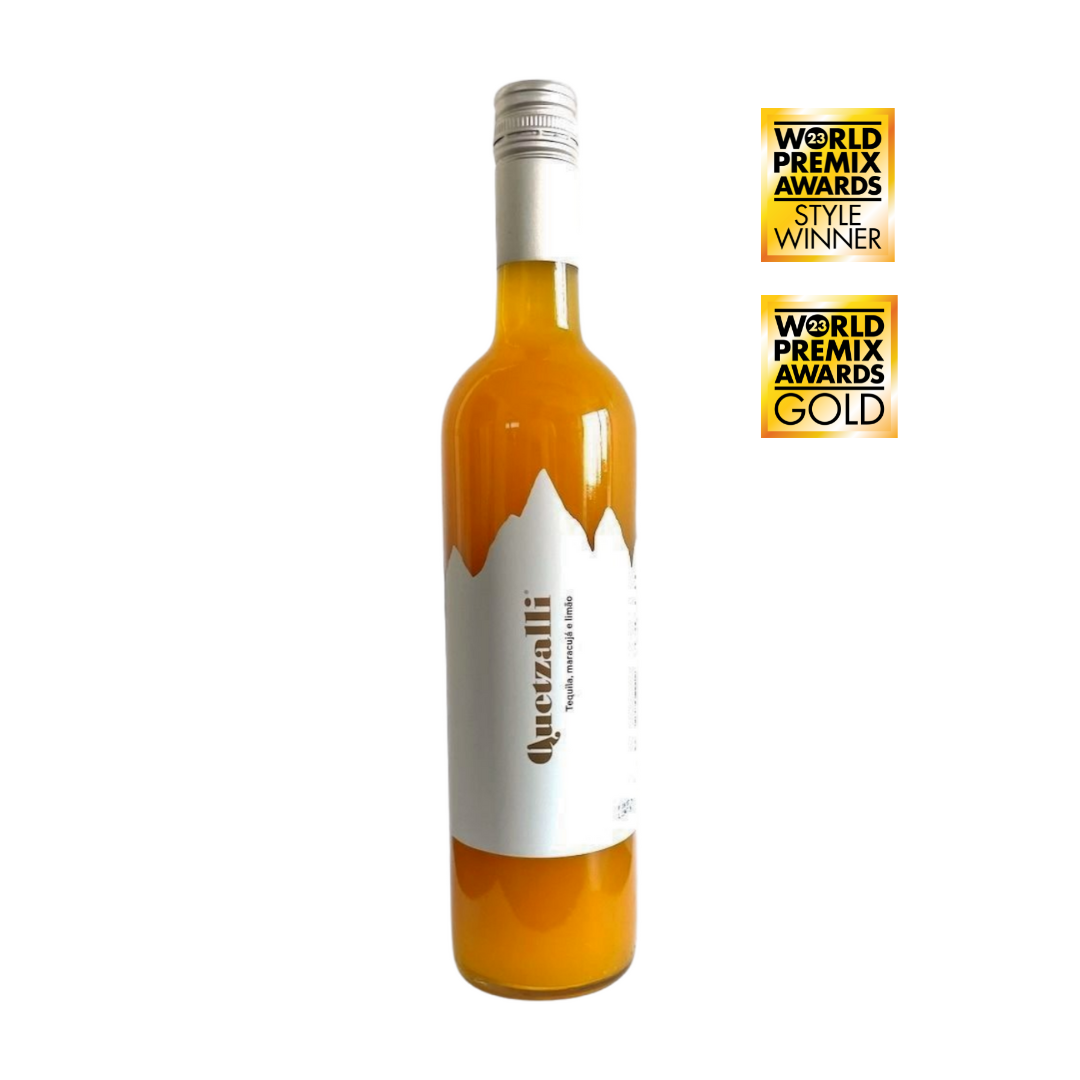
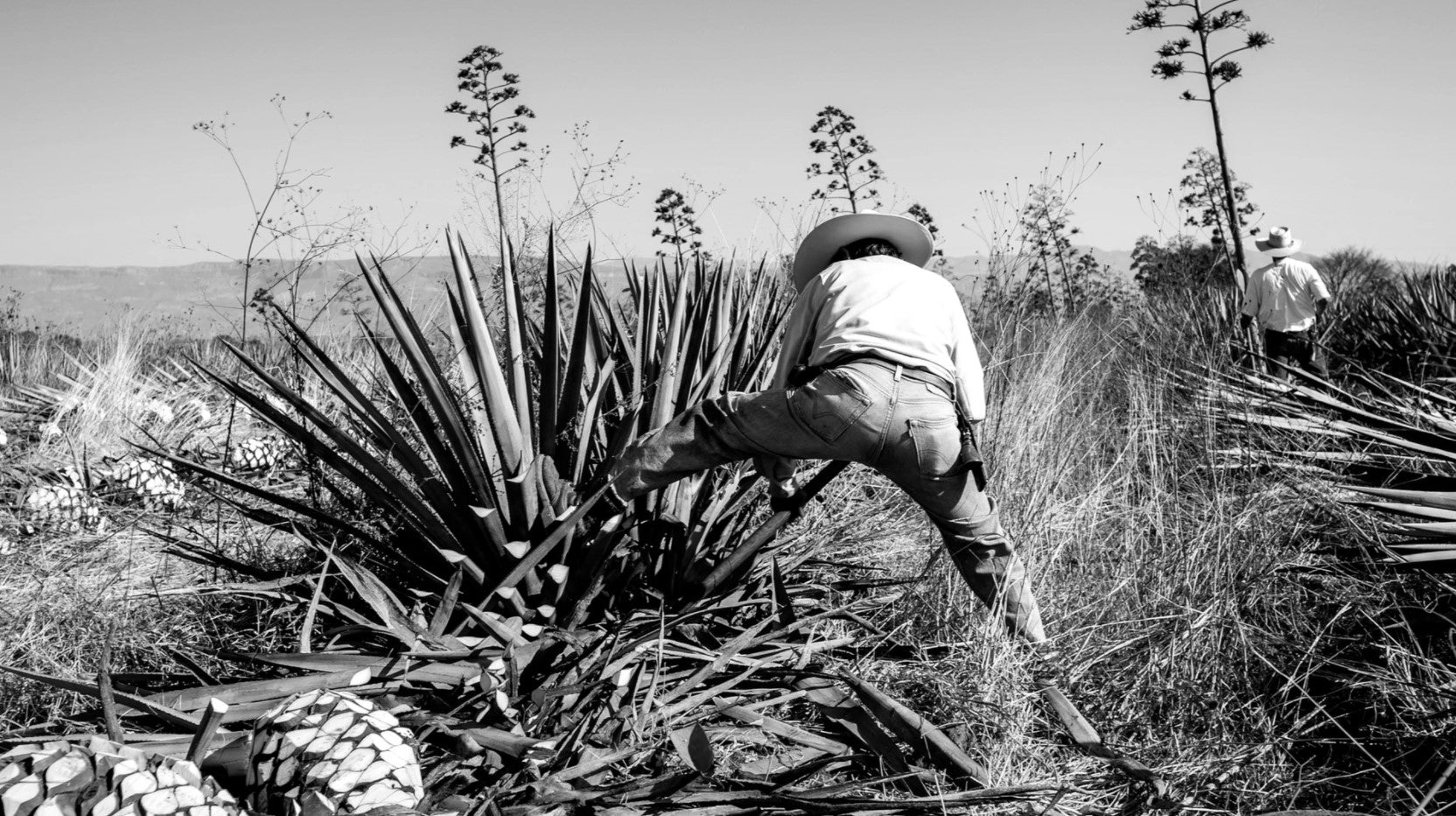


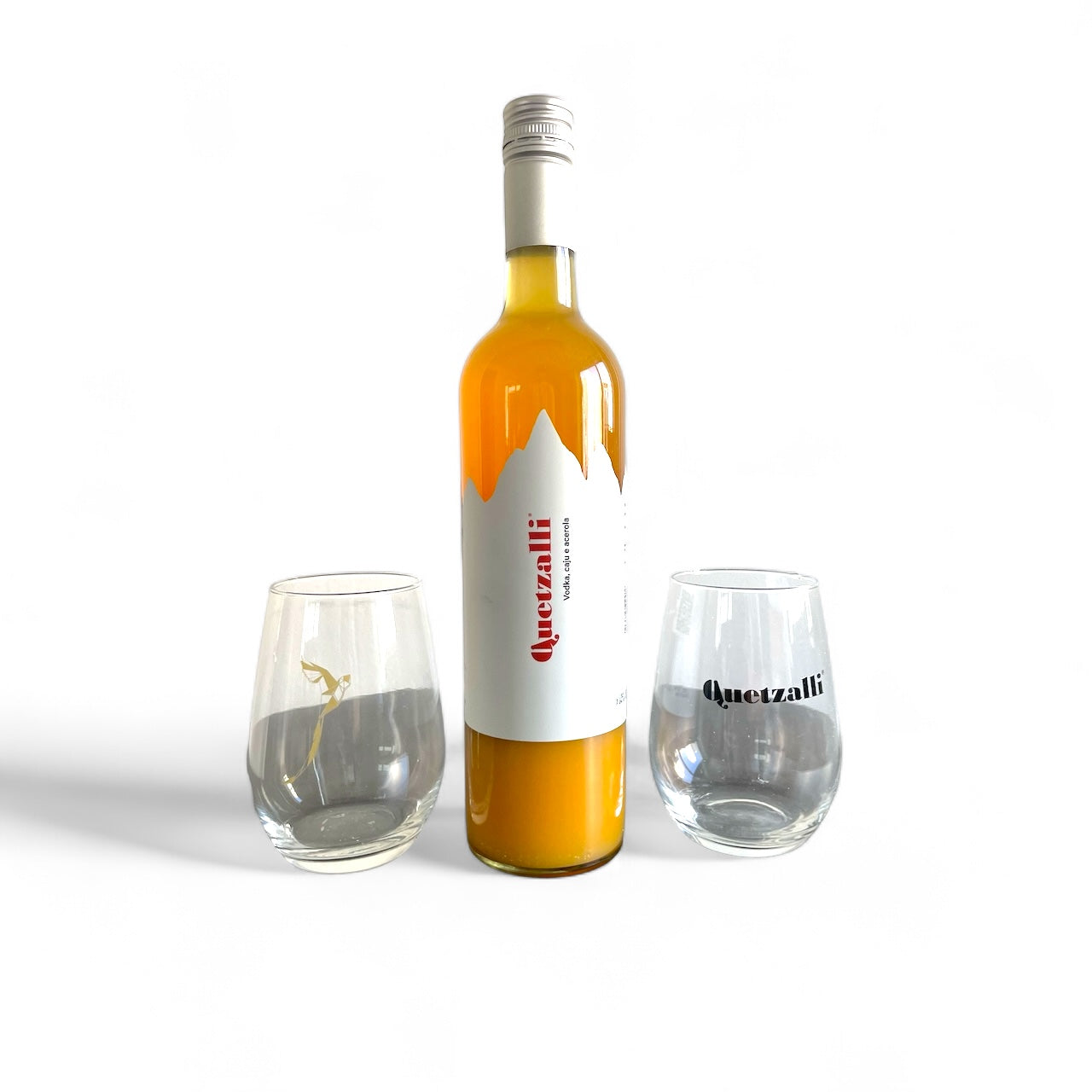
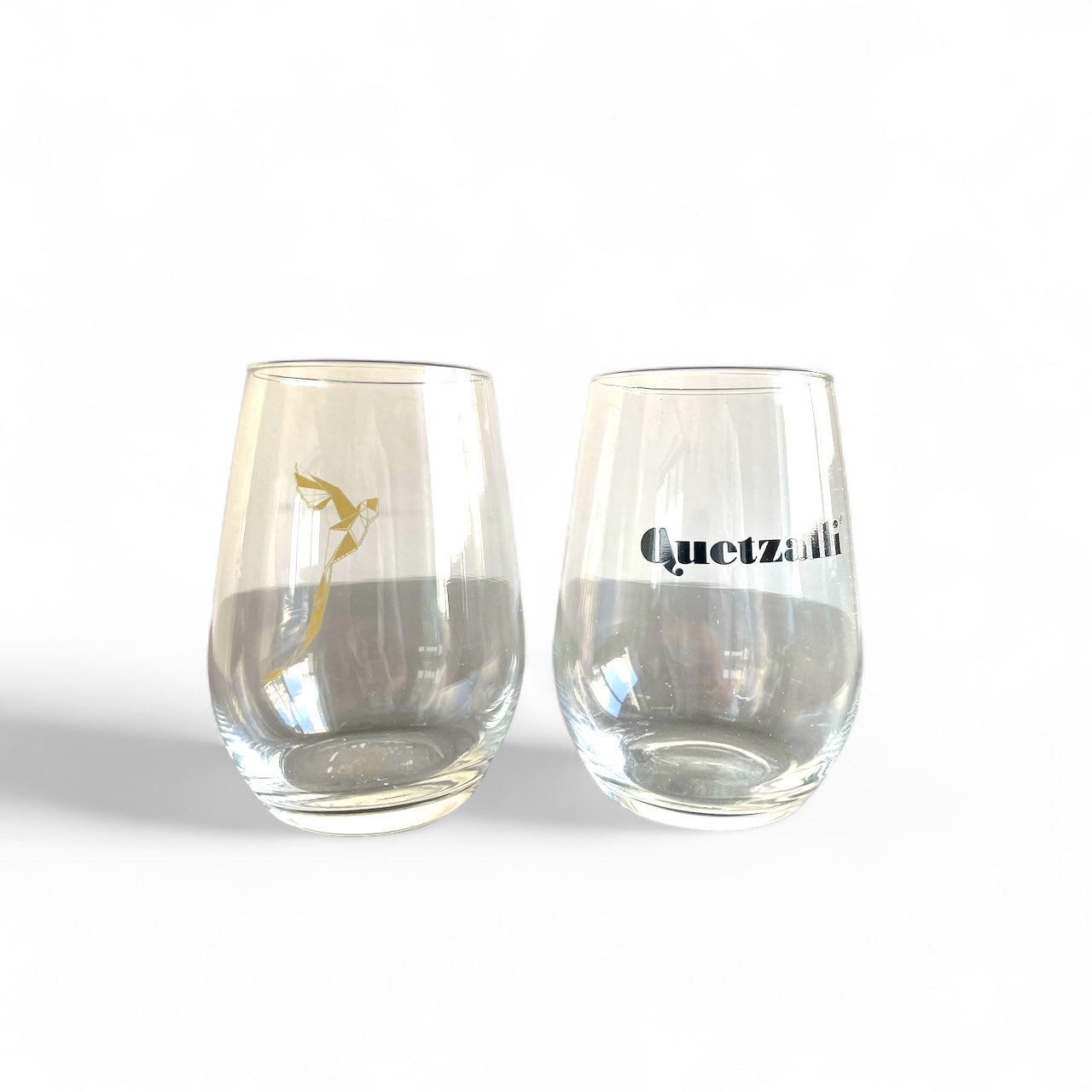
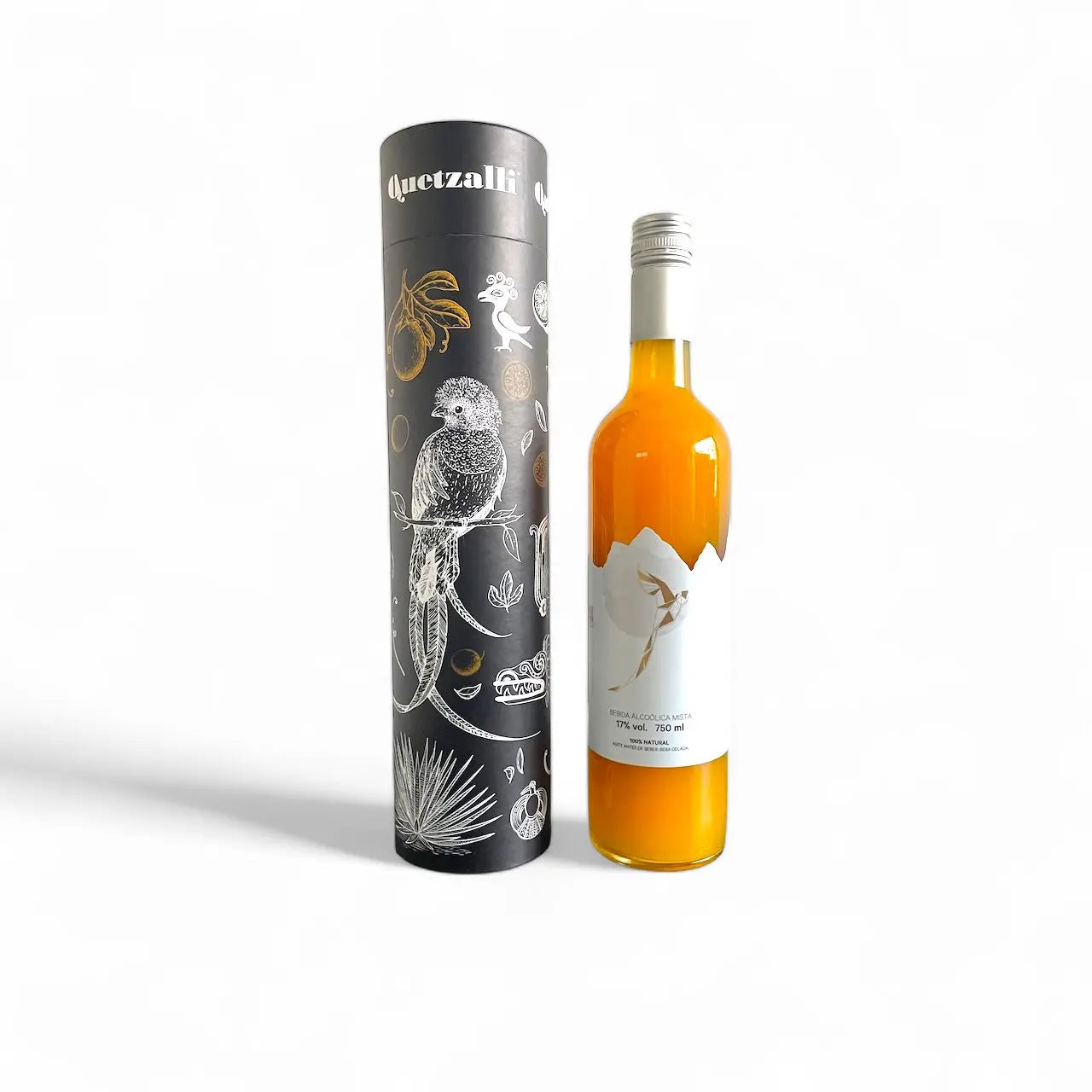
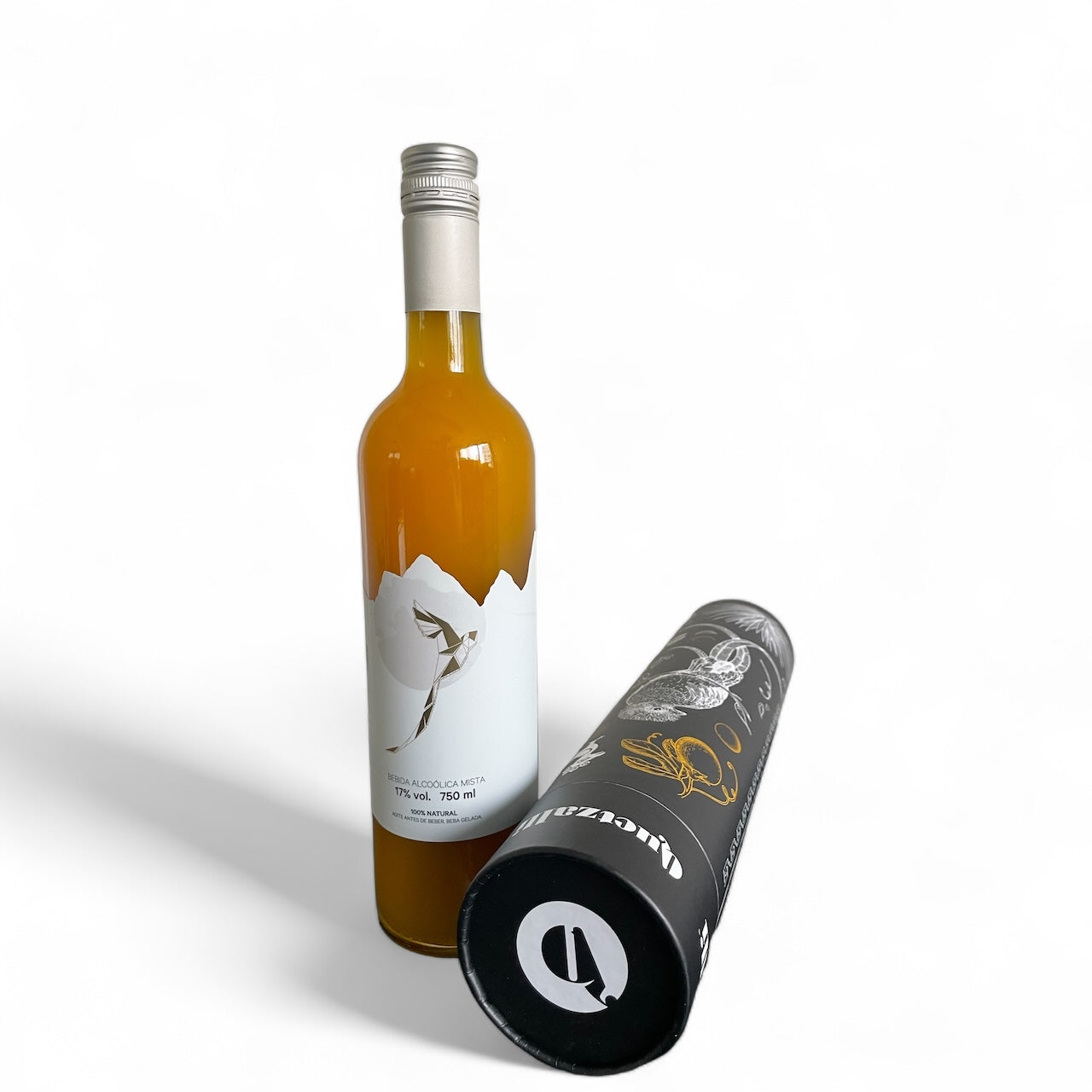
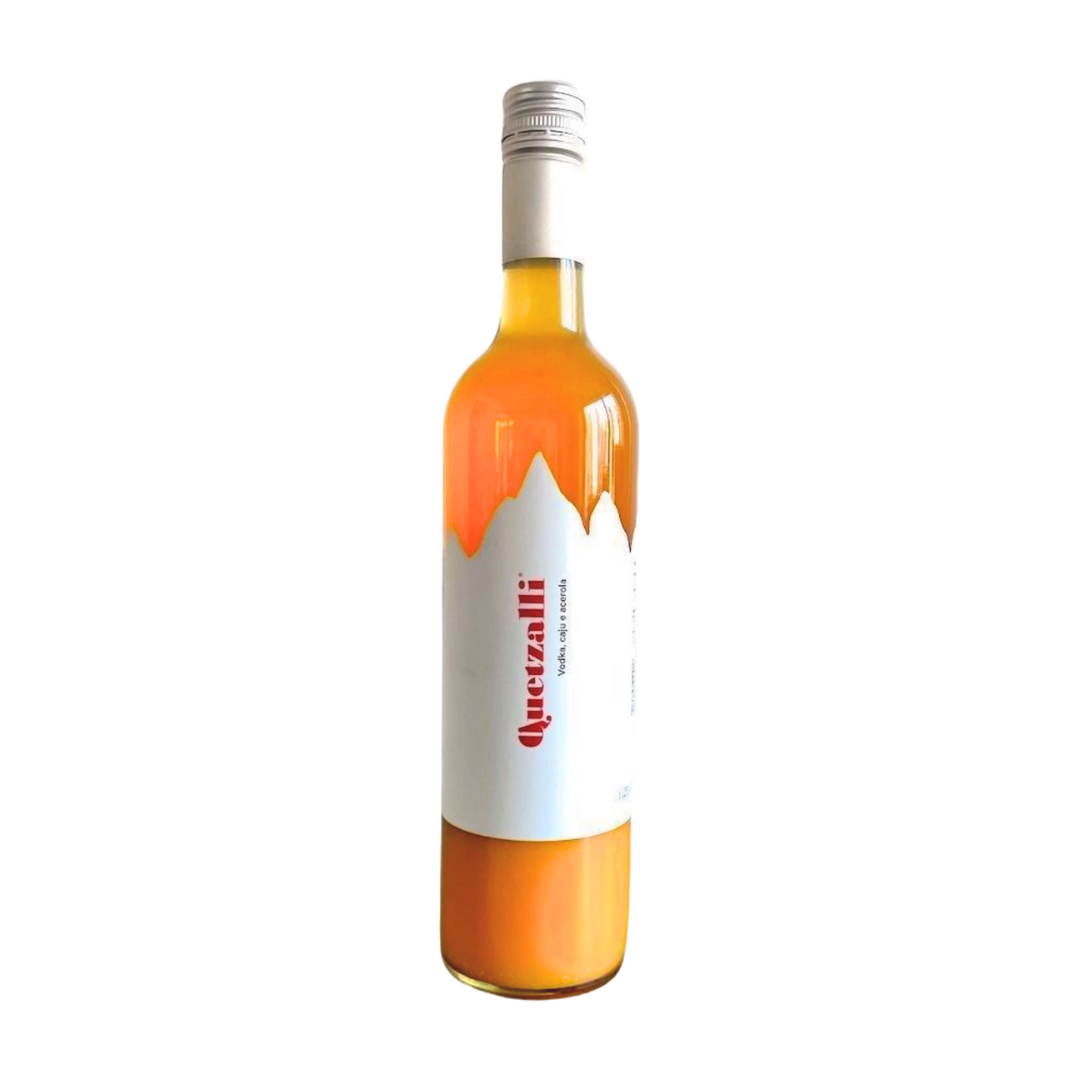

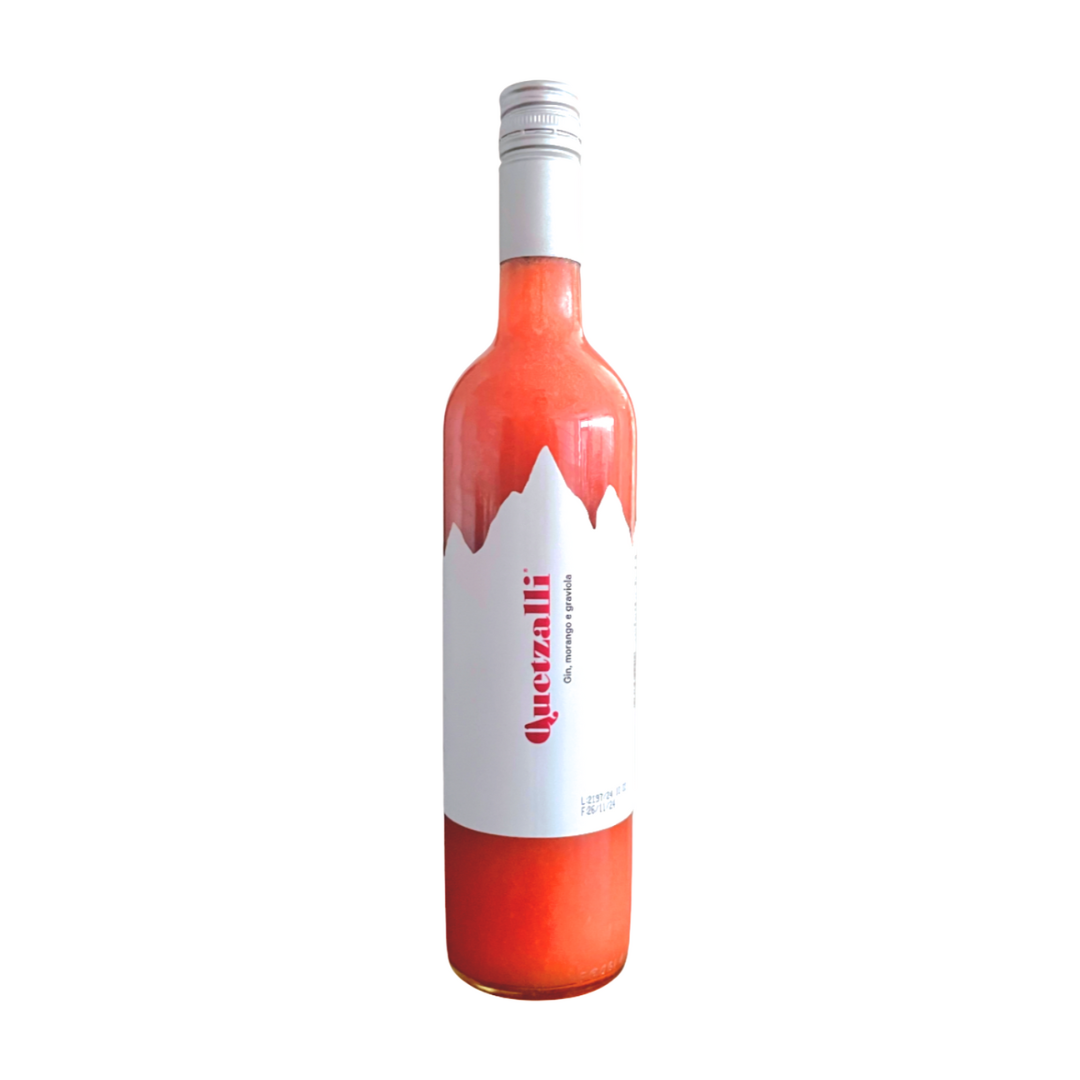

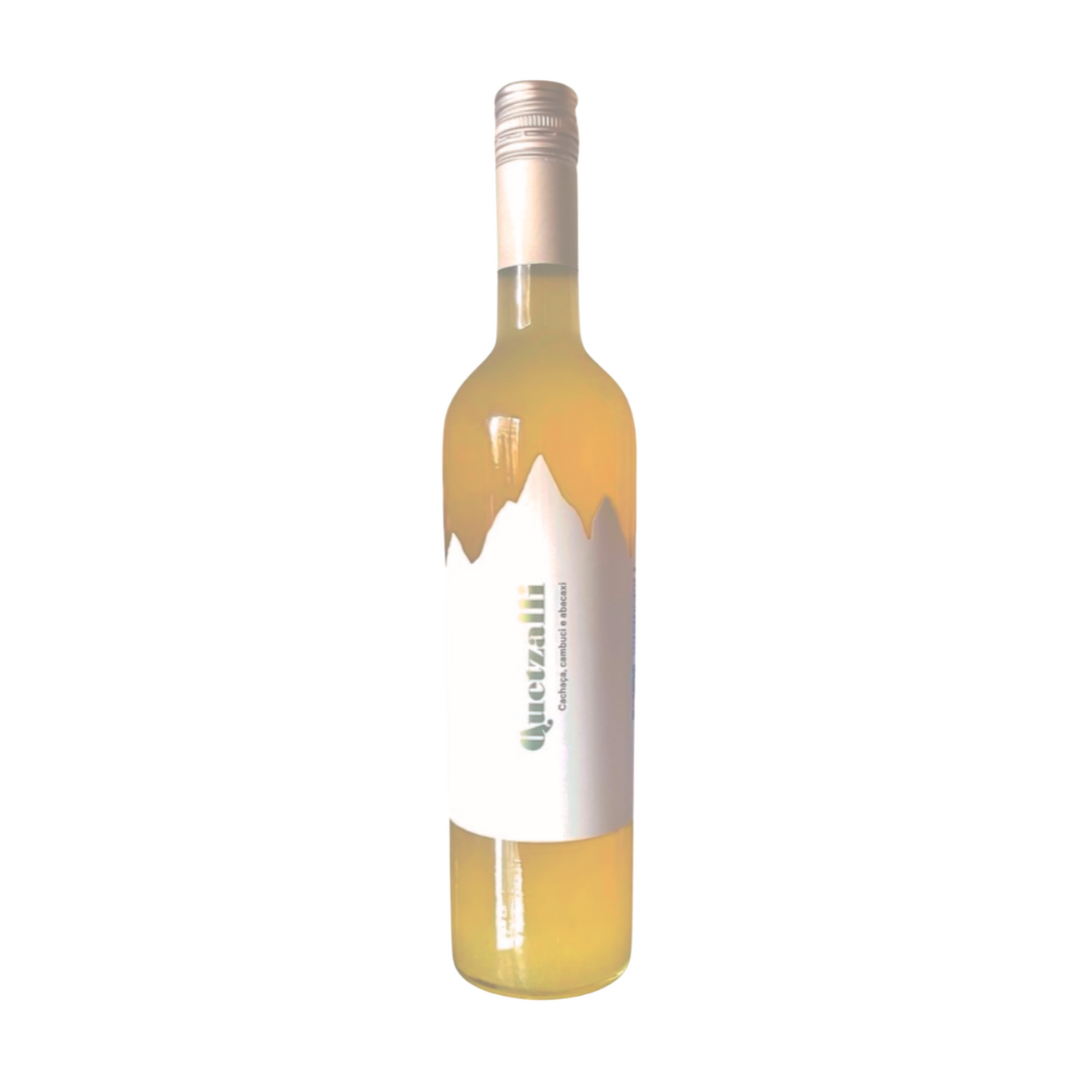

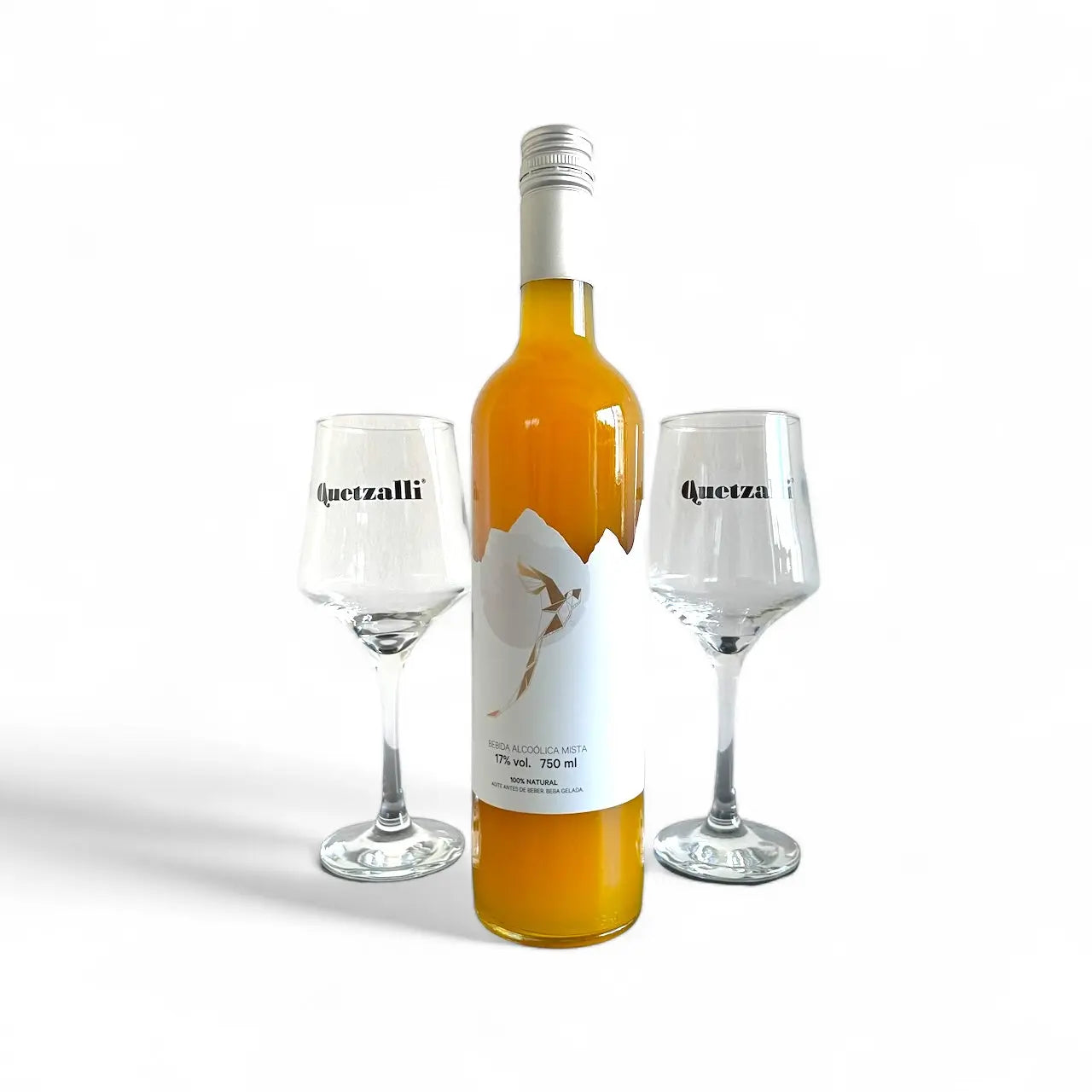

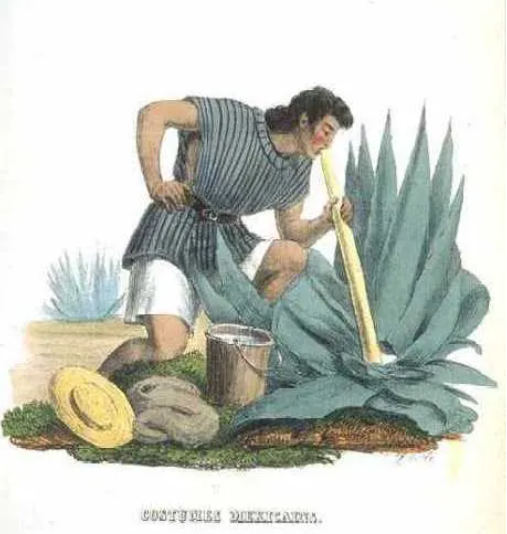
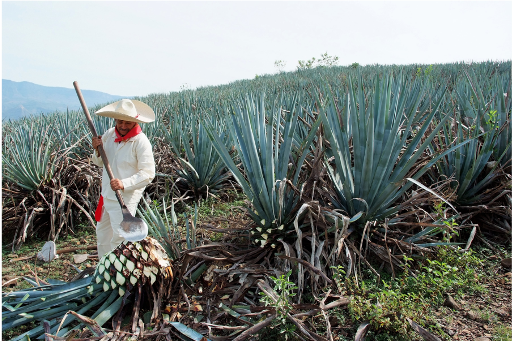
Bom dia!
Hospedei na pousada aonde era gerente, faz duas copas do mundo atrás, a torcida do México.
Eles trouxeram Tequila…muita!
Me ensinaram a tomar “on the rocks” porque era como uma dama bebia em seu país …
Disseram que quem toma com sal e limão eram as prostitutas do pais…
Nunca mais tomei com limão e sal!
Nunca mais tive ressaca!
Amo TEQUILA!!!